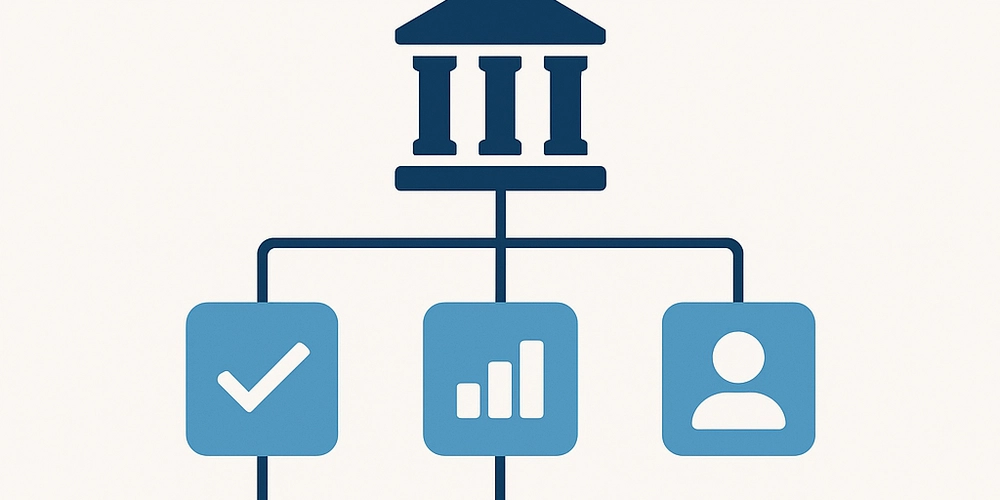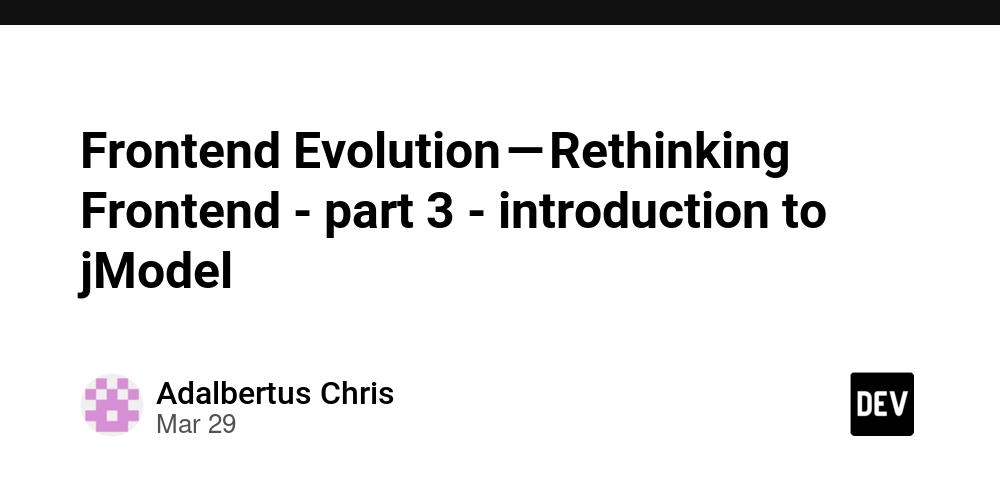AI Agents from Zero to Hero — Part 2
Intro In Part 1 of this tutorial series, we introduced AI Agents, autonomous programs that perform tasks, make decisions, and communicate with others. Agents perform actions through Tools. It might happen that a Tool doesn’t work on the first try, or that multiple Tools must be activated in sequence. Agents should be able to organize […] The post AI Agents from Zero to Hero — Part 2 appeared first on Towards Data Science.

Intro
In Part 1 of this tutorial series, we introduced AI Agents, autonomous programs that perform tasks, make decisions, and communicate with others.
Agents perform actions through Tools. It might happen that a Tool doesn’t work on the first try, or that multiple Tools must be activated in sequence. Agents should be able to organize tasks into a logical progression and change their strategies in a dynamic environment.
To put it simply, the Agent’s structure must be solid, and the behavior must be reliable. The most common way to do that is through:
- Iterations – repeating a certain action multiple times, often with slight changes or improvements in each cycle. Every time might involve the Agent revisiting certain steps to refine its output or reach an optimal solution.
- Chains – a series of actions that are linked together in a sequence. Each step in the chain is dependent on the previous one, and the output of one action becomes the input for the next.
In this tutorial, I’m going to show how to use iterations and chains for Agents. I will present some useful Python code that can be easily applied in other similar cases (just copy, paste, run) and walk through every line of code with comments so that you can replicate this example (link to full code at the end of the article).
Setup
Please refer to Part 1 for the setup of Ollama and the main LLM.
import Ollama
llm = "qwen2.5" We will use the YahooFinance public APIs with the Python library (pip install yfinance==0.2.55) to download financial data.
import yfinance as yf
stock = "MSFT"
yf.Ticker(ticker=stock).history(period='5d') #1d,5d,1mo,3mo,6mo,1y,2y,5y,10y,ytd,maxLet’s embed that into a Tool.
import matplotlib.pyplot as plt
def get_stock(ticker:str, period:str, col:str):
data = yf.Ticker(ticker=ticker).history(period=period)
if len(data) > 0:
data[col].plot(color="black", legend=True, xlabel='', title=f"{ticker.upper()} ({period})").grid()
plt.show()
return 'ok'
else:
return 'no'
tool_get_stock = {'type':'function', 'function':{
'name': 'get_stock',
'description': 'Download stock data',
'parameters': {'type': 'object',
'required': ['ticker','period','col'],
'properties': {
'ticker': {'type':'str', 'description':'the ticker symbol of the stock.'},
'period': {'type':'str', 'description':"for 1 month input '1mo', for 6 months input '6mo', for 1 year input '1y'. Use '1y' if not specified."},
'col': {'type':'str', 'description':"one of 'Open','High','Low','Close','Volume'. Use 'Close' if not specified."},
}}}}
## test
get_stock(ticker="msft", period="1y", col="Close")Moreover, taking the code from the previous article as a reference, I shall write a general function to process the model response, such as when the Agent wants to use a Tool or when it just returns text.
def use_tool(agent_res:dict, dic_tools:dict) -> dict:
## use tool
if "tool_calls" in agent_res["message"].keys():
for tool in agent_res["message"]["tool_calls"]:
t_name, t_inputs = tool["function"]["name"], tool["function"]["arguments"]
if f := dic_tools.get(t_name):
### calling tool
print(' Read More
Read More










![[FR] MapData App (un terrain de jeu full-stack)](https://media2.dev.to/dynamic/image/width%3D1000,height%3D500,fit%3Dcover,gravity%3Dauto,format%3Dauto/https:%2F%2Fdev-to-uploads.s3.amazonaws.com%2Fuploads%2Farticles%2Fc9f5opayaz1gzmouzb4m.png)

































































